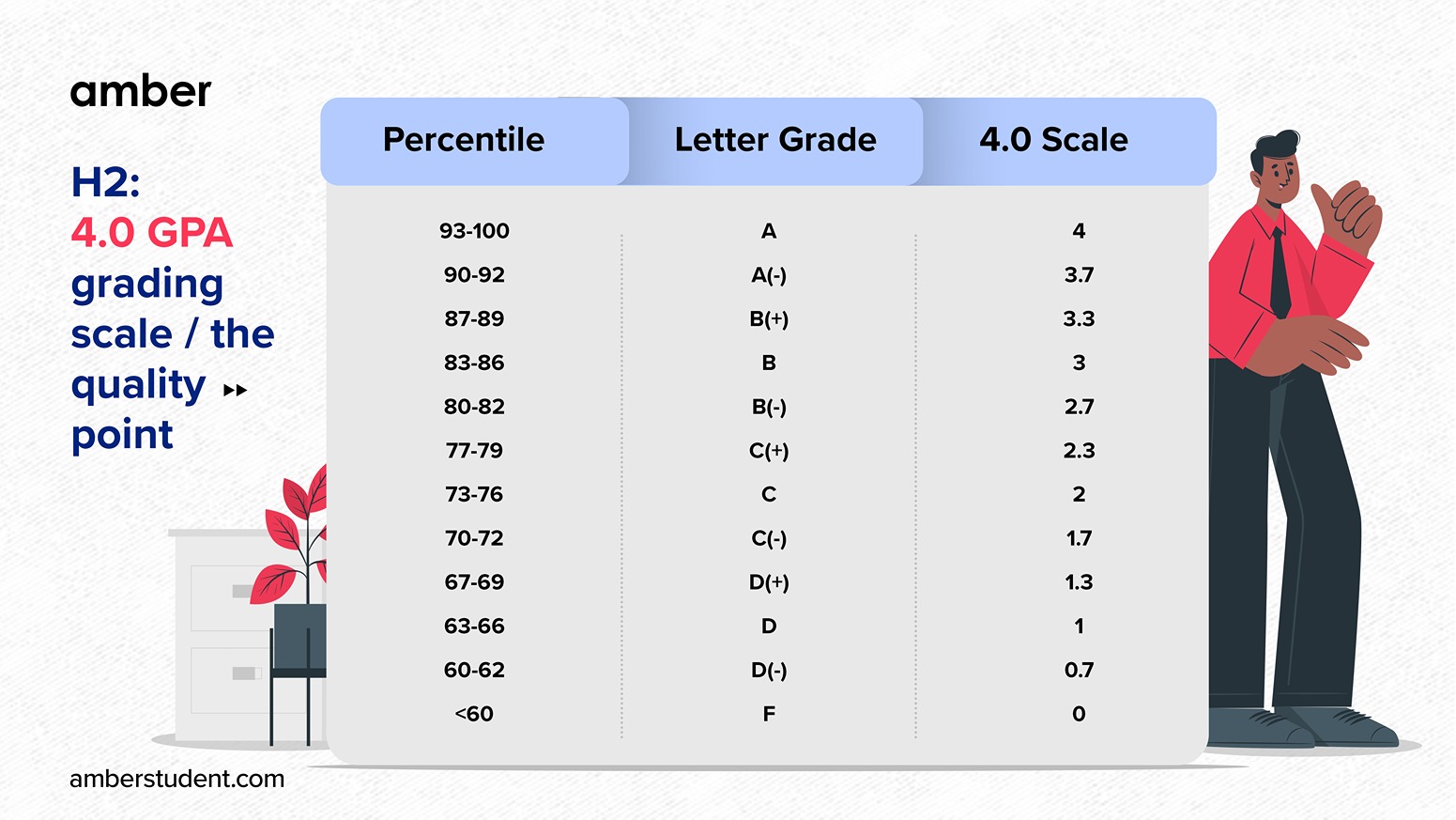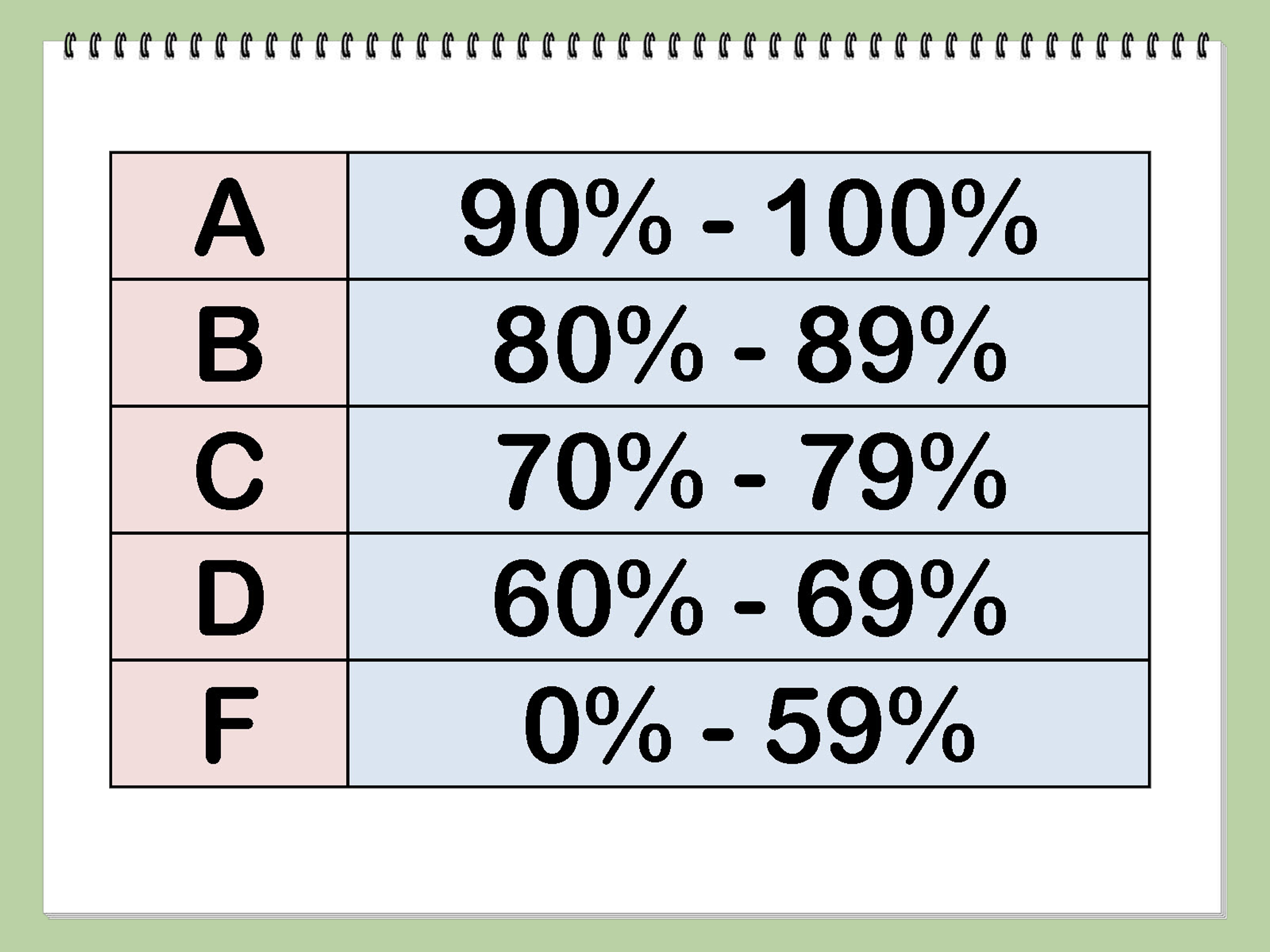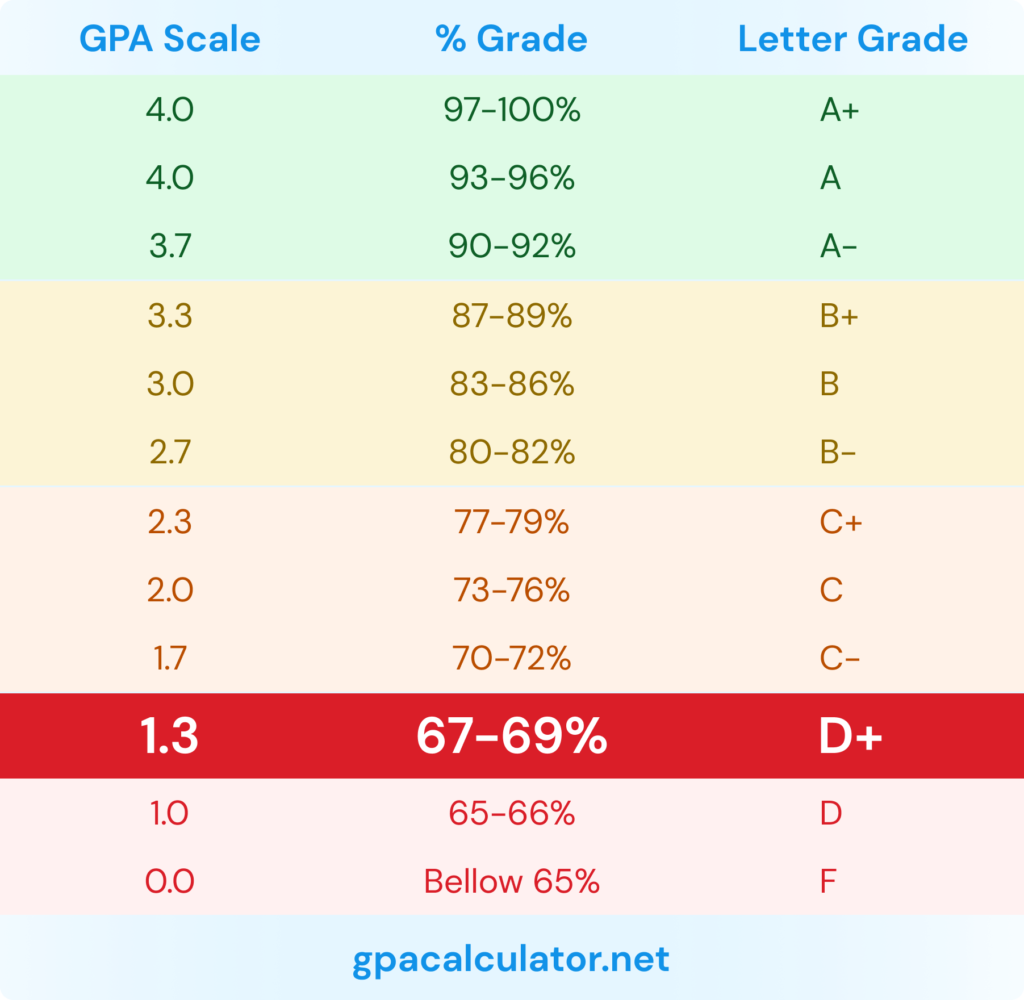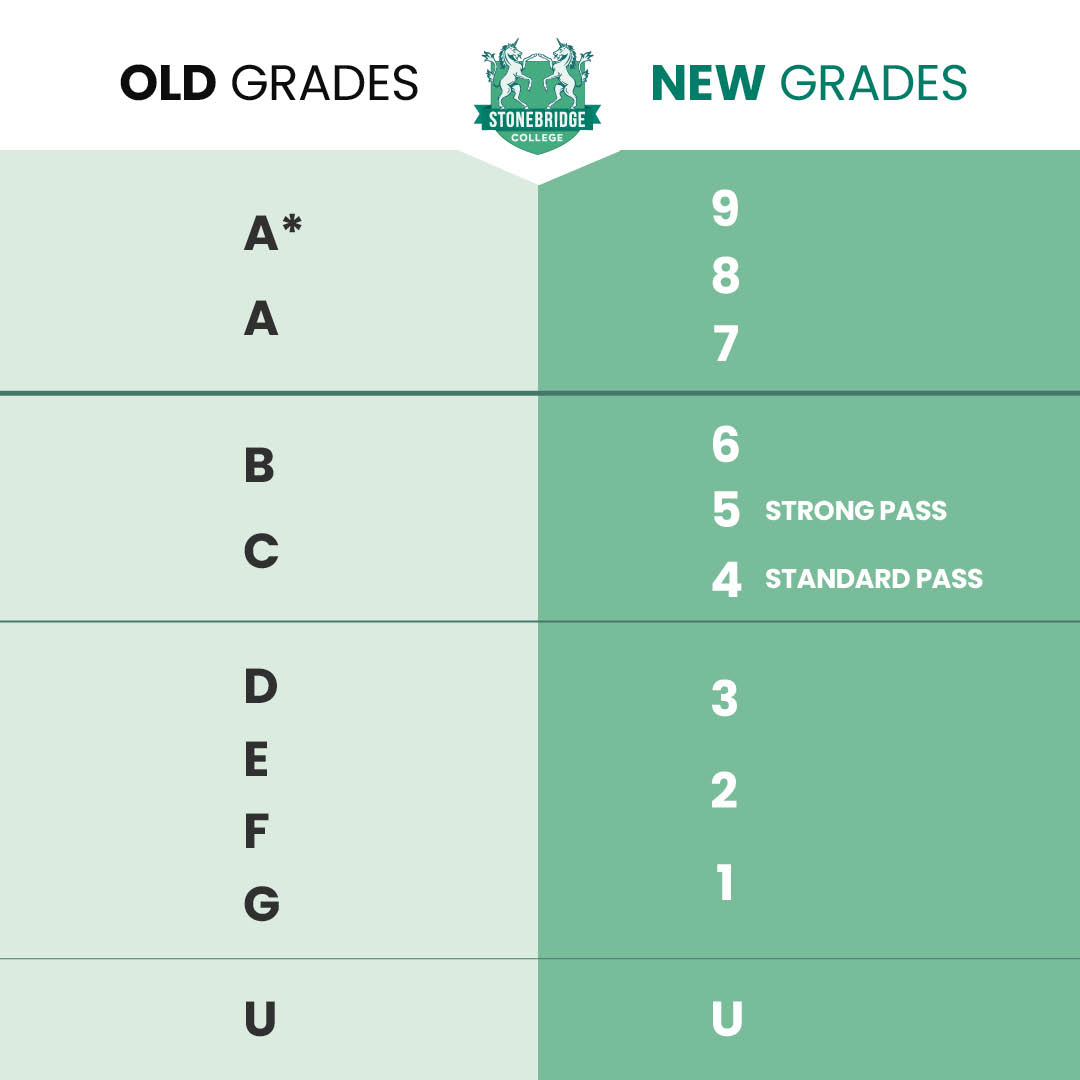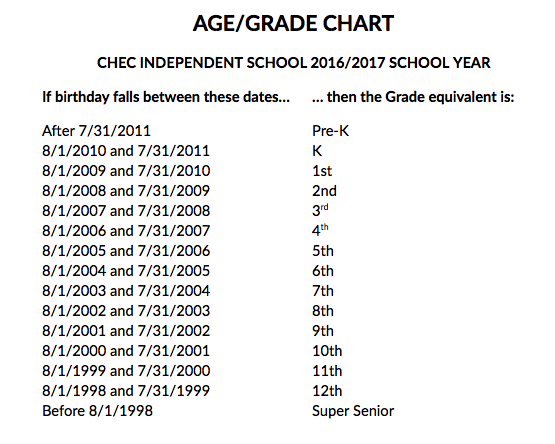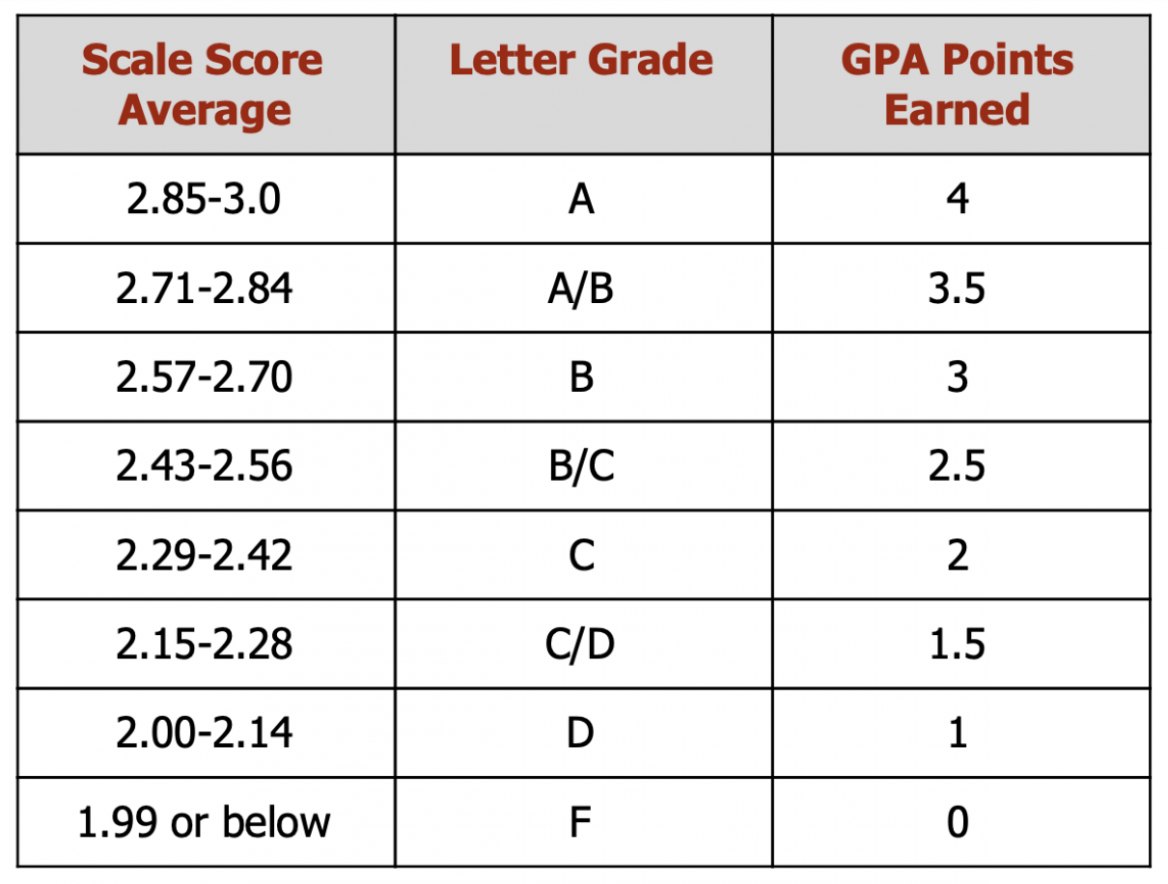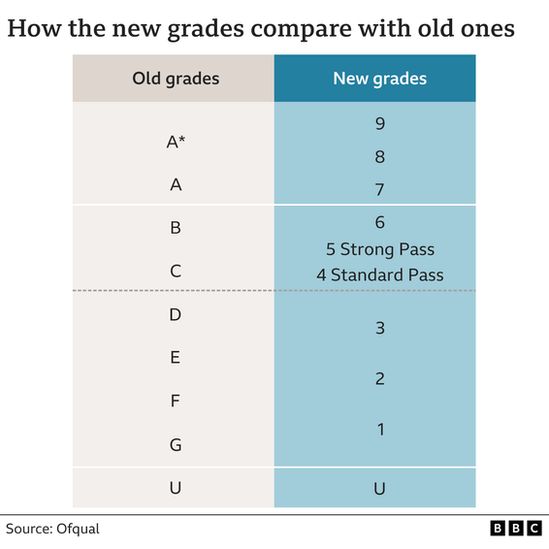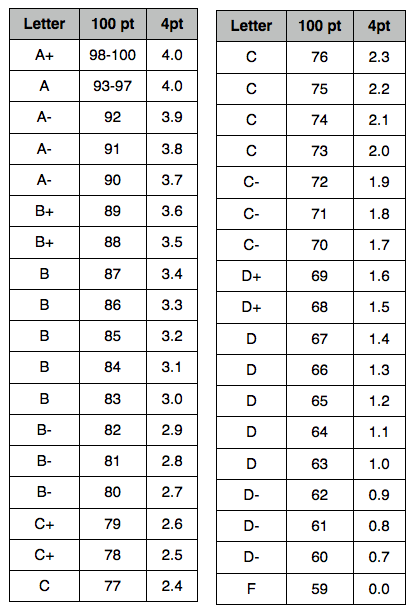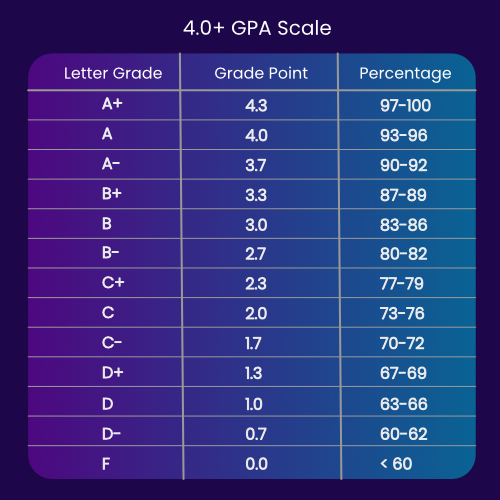What Grade Is A 17 Out Of 25

For students and parents alike, deciphering the meaning behind a numerical grade can be a source of both anxiety and confusion. The question, "What letter grade equates to a 17 out of 25?" is surprisingly complex, with the answer often varying depending on the specific grading scale employed by a school or institution.
Understanding the intricacies of grade conversion is crucial for students to gauge their academic standing, for parents to monitor their children’s progress, and for educators to ensure fair and consistent assessment.
The 68% Conundrum: Unveiling the Grade
A score of 17 out of 25 translates to 68%. However, determining the corresponding letter grade requires understanding the specific grading scale used.
Grading scales are not universally standardized; instead, they are often determined at the school, district, or even individual instructor level. The absence of a standard necessitates a closer look at common grading systems.
Common Grading Scales and Conversions
One of the most prevalent grading scales in the United States and many other countries assigns letter grades based on percentage ranges. In a typical system, 90-100% is an A, 80-89% is a B, 70-79% is a C, 60-69% is a D, and below 60% is an F.
Using this common scale, a 68% would typically be considered a D. This signifies that the student has demonstrated basic understanding of the material, but significant improvement is needed.
However, the scale can differ drastically. Some schools use a plus/minus system, where a 68% might fall into a D+ or even a C- depending on the specific cutoffs. Some institutions might round up, but rounding is generally rare.
The Impact of Grading Policies
The subjective nature of grading scales can have a significant impact on students. A D in one school might be a C- in another, affecting GPA and overall academic record.
Furthermore, the weight assigned to different assignments can influence the overall grade. A high score on a major exam can offset a lower score on a smaller quiz, and vice versa.
Dr. Emily Carter, an education professor at State University, explained, "It's crucial for students to understand the grading policies outlined in the syllabus. Proactive communication with instructors can clarify any ambiguities and provide opportunities for improvement."
The importance of understanding the grading policy cannot be overstated. The syllabus is the rule book for the course and must be consulted.
Beyond the Letter: Understanding Performance
While a letter grade provides a snapshot of performance, it doesn't always tell the whole story. A D might indicate a need for focused study in certain areas or a different approach to learning.
Parents and educators should use the grade as a starting point for conversation, exploring areas where the student can improve and providing the necessary support. This involves not simply seeing the grade as the definitive outcome but as a tool for development.
The focus should be on identifying gaps in understanding and developing strategies to address them. Tutoring, study groups, and additional support from teachers can be invaluable resources.
It's about the learning process and helping students become confident and capable learners.
The Human Element: A Student's Perspective
For Sarah Miller, a high school sophomore, receiving a D on a recent math test was a wake-up call. "I was disappointed, but I realized I hadn't been putting in the effort," she said.
Sarah sought help from her teacher and joined a study group. With focused effort, she saw her grades improve. She explained "I didn't know I wasn't understanding anything until it was too late".
Sarah's experience highlights the importance of resilience and a proactive approach to learning. This can also include seeking help when needed.
Conclusion: Context is Key
Determining the letter grade corresponding to a 17 out of 25 requires understanding the specific grading scale used by the educational institution. While a 68% typically equates to a D, variations exist.
Ultimately, focusing on understanding the material and seeking support when needed are the most effective ways to achieve academic success. Letter grades are simply a tool, context is everything.
Students are encouraged to review the syllabus for detailed grading policies and connect with their instructors when unsure.
